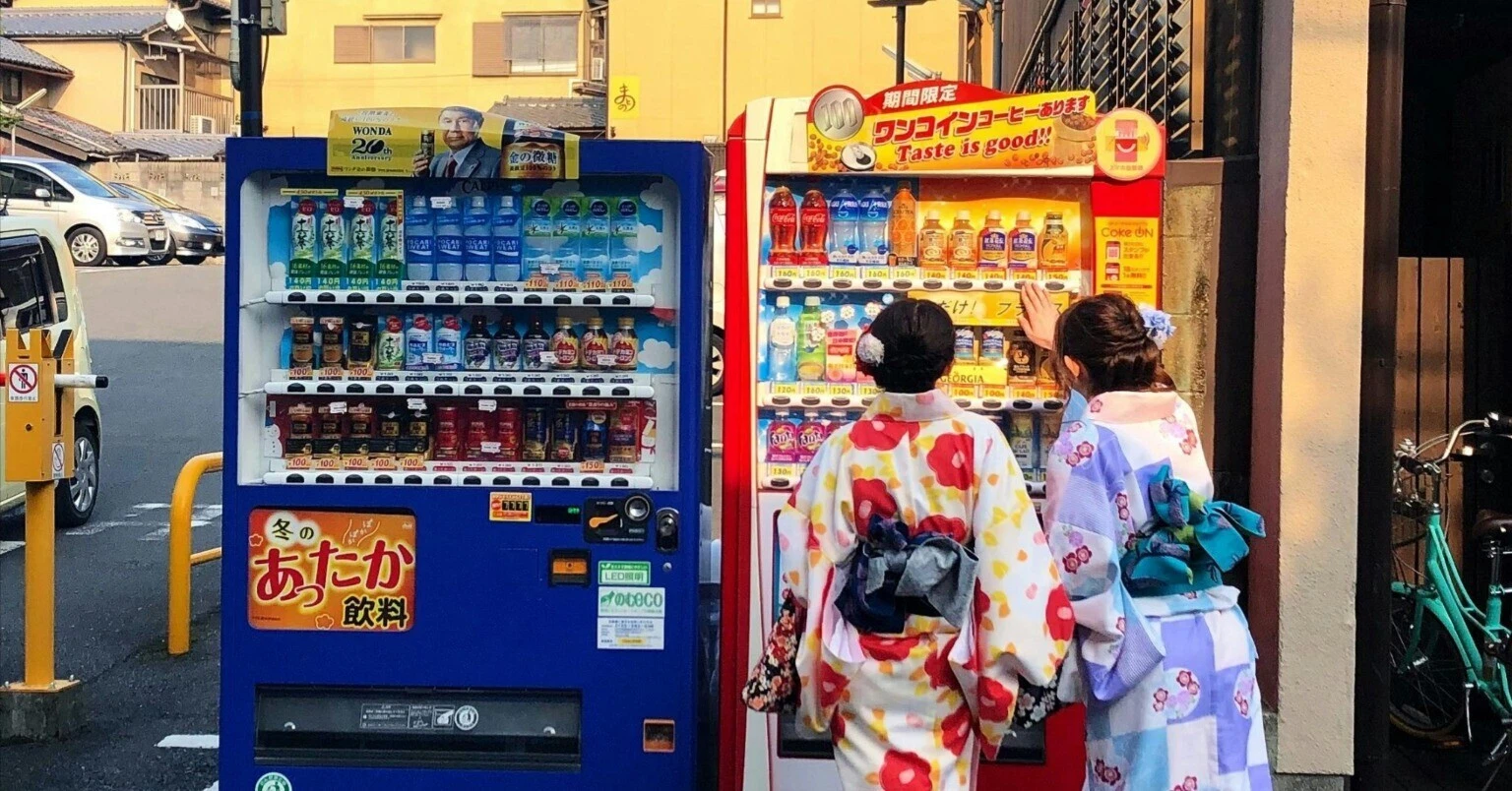
For brands and products with limited market presence or low brand recognition, focusing on the “middle funnel” is especially crucial. Most consumers don’t make purchasing decisions on the spot. Instead, they first develop interest, engage in comparison and evaluation, and then finally take action. Without the right approach at this stage, even if you succeed in building awareness, many potential customers may drop off before making a purchase.
So, what kinds of strategies are effective? Creative content that sparks interest, concrete examples that encourage comparison, and trustworthy reviews or proofs that support consideration are essential for removing psychological barriers. For example, using story-driven advertisements and featuring actual user experiences can help potential customers feel, “This product has real value for me.”
- Choose the Right Platforms for Your Target Audience
Where you place your ads is a key element of your marketing strategy.
Selecting platforms that align with your target demographics can maximize the effectiveness of your entire funnel.
- Younger audiences (teens to 20s): Visual platforms like TikTok and Instagram are highly effective.
- Middle-aged and older audiences (30s to 50s+): Facebook and television ads still hold strong influence.
- Business professionals (B2B services): LinkedIn and industry-specific media work best.
No matter how good your advertisement is, if it doesn’t reach the right audience, it’s meaningless. Careful selection of the right platforms is essential for successfully strengthening your middle funnel efforts.
- Use Review Sites and Video Ads to Support Comparison and Consideration
Before making a purchase, customers often ask themselves,
“Is this really the best option compared to others?” To address this hesitation, it’s effective to use review sites, comparison videos, and user testimonials.
For instance, providing comparison charts that highlight your product’s strengths against competitors, or quoting expert reviews, can significantly boost credibility. Creating video ads that showcase real-life usage scenarios also helps customers clearly imagine how the product would fit into their lives.
- Clearly Explain “Why This Product Is Right for You”
Rather than simply pushing “Please buy this,” it’s more effective to communicate, “This product meets your needs because…”
Here are some approaches:
- Personalized messaging: “This is the perfect solution for your specific concerns.”
- Storytelling: “Hear from users who experienced real changes after using the product.”
- Robust FAQ sections: “Address common questions upfront to ease purchase anxiety.”
By providing clear, relatable information, you can lower the hurdles customers face when considering a purchase.
- Strengthening the Middle Funnel Increases Purchase Rates
Efforts to strengthen the “interest” and “consideration” stages ultimately lead to a much higher likelihood of purchase (action). Simply increasing ad exposure isn’t enough to drive conversions. It’s important to understand the psychology and behavior patterns of prospective customers throughout the funnel and deliver the right information at the right time.
Does your product or service have systems in place to reinforce this critical middle stage? In the next article, we’ll dive even deeper into practical points and techniques. (To be continued)

